Green juice vs smoothies − which is better? Health experts weigh in
It's not just a matter of taste and texture. I asked the experts whether homemade green juice or fresh fruit smoothies are easier to make and better for your gut.

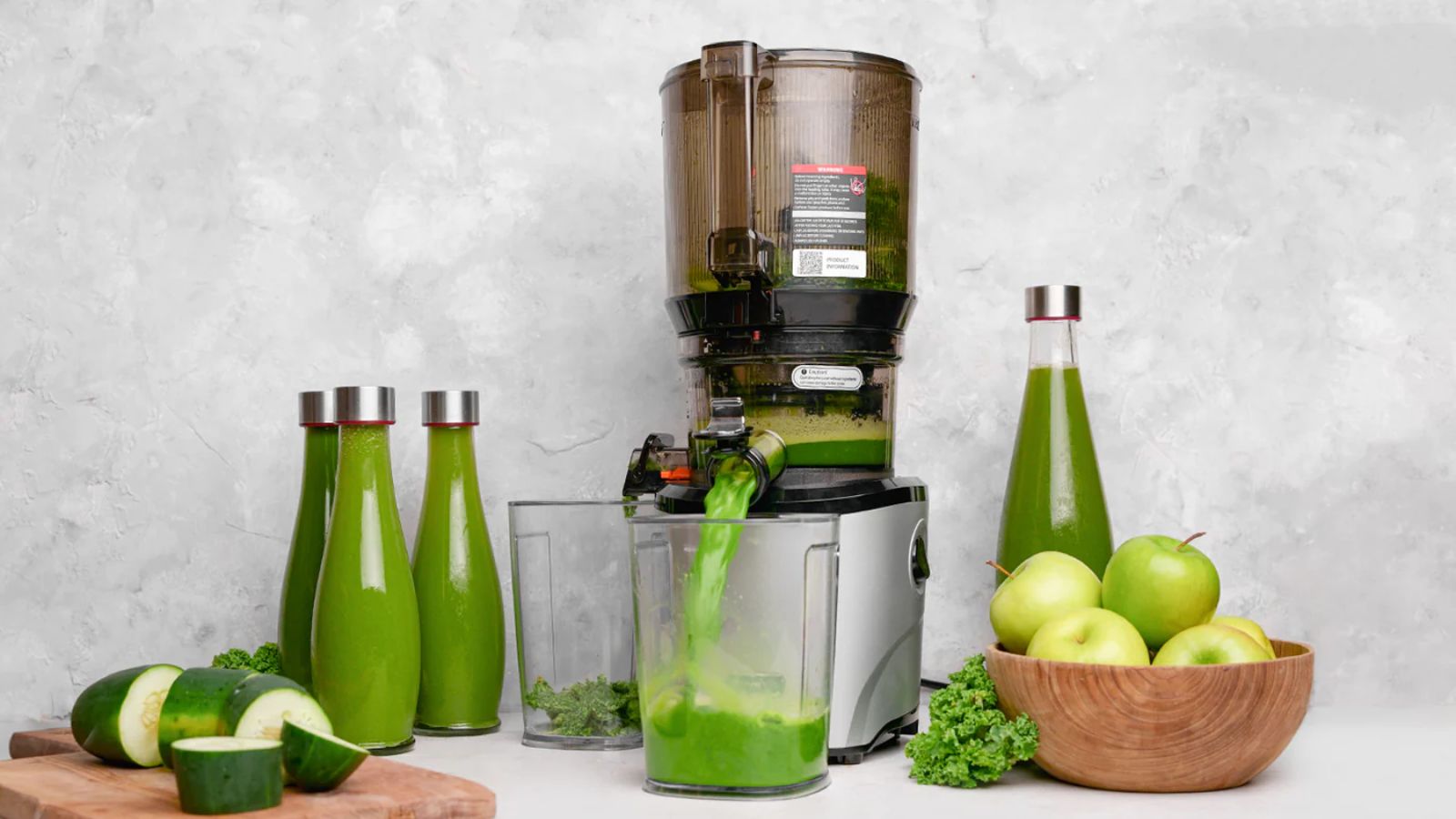
Green juice and smoothies might look similar, but they differ in taste, texture, and health benefits. I like my smoothies nice and thick, with plenty of skins, seeds and natural fibers still in the mix. When it comes to green juice, though, I want it clear and clean. I might sip some green juice on my way home from work or off to the gym, whenever I want a quick, refreshing hit.
You could probably pick up a bottle of green juice and a carton of fruit smoothie from the same aisle in the grocery store. When making your own, though, you need on different ingredients, equipment, and skills. I've consulted health gurus and expert nutritionists, all of whom agree that making your own green juice vs fruit smoothies requires distinct processes and reaps unique rewards.
As a product tester, I know that the best juice comes from the best juicer, and the best blenders make the freshest fruit smoothies. I've combined my deep knowledge of appliances and processes with expert insights from dietitians and nutritionists. Here's everything you need to know about the differences between green juice and fruit smoothie, from how they taste to how they're made.
Which is easier to make?

In a pinch, you could use either appliance, but as a general rule, you make green juice in a juicer and fruit smoothies in a blender. Neither process is particularly involved, but a good blender makes things that much easier.
To make the best smoothie, you need the finest fruit. I like to get mine fresh from the farmers' market but you'll find everything you need in the grocery store. You'll need a liquid base, which could be anything from juice or water to milk or yogurt. You might choose to incorporate some leafy greens, such as spinach, kale, or celery.
Once you've got your ingredients, it's time to chop and chunk your produce. Pour your pieces straight into the pitcher, load up with liquid, and press 'blend'. Most blenders feature a specific smoothie setting, so that you can sit back and let the machine do the work for you. If your chosen texture is on the thicker or thinner side, you might prefer to pulse the mixture, instead.
Where juicers press and squeeze, blenders work hard and fast to produce thick and fibrous smoothies. Blender blades can slice straight through skins, seeds, and stems, incorporating tougher textures that juicers can't always tackle. They're often easier to clean and cheaper to run, too. If you're a smoothie lover, the chances are that you already own a blender. Just in case you don't, I've rounded up a few of the best blenders to save you time and money.
Design expertise in your inbox – from inspiring decorating ideas and beautiful celebrity homes to practical gardening advice and shopping round-ups.
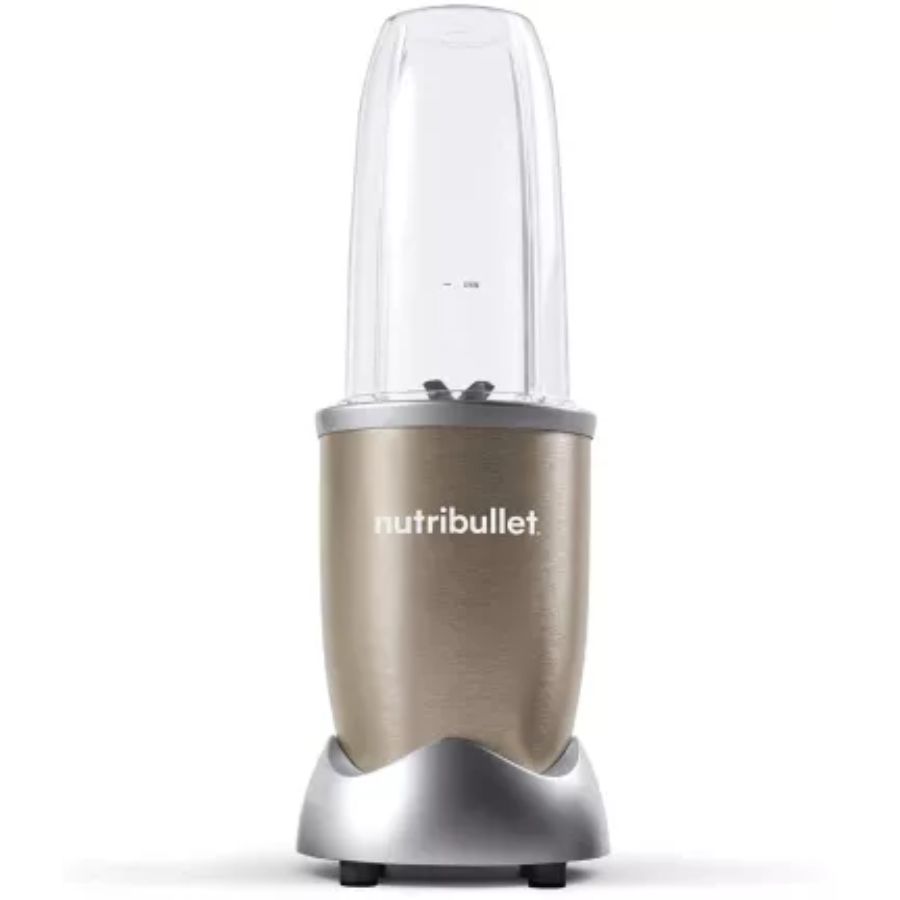
This budget blender is simple and compact, but it does a great job at mixing up smoothies.
Our full NutriBullet Pro 900 Series Blender review has more details.

It's expensive, but Vitamix's A3500 is the best blender in the world, spinning so fast that it can make hot soup.
You can find more detail in our Vitamix A3500 Ascent Series Smart Blender review.
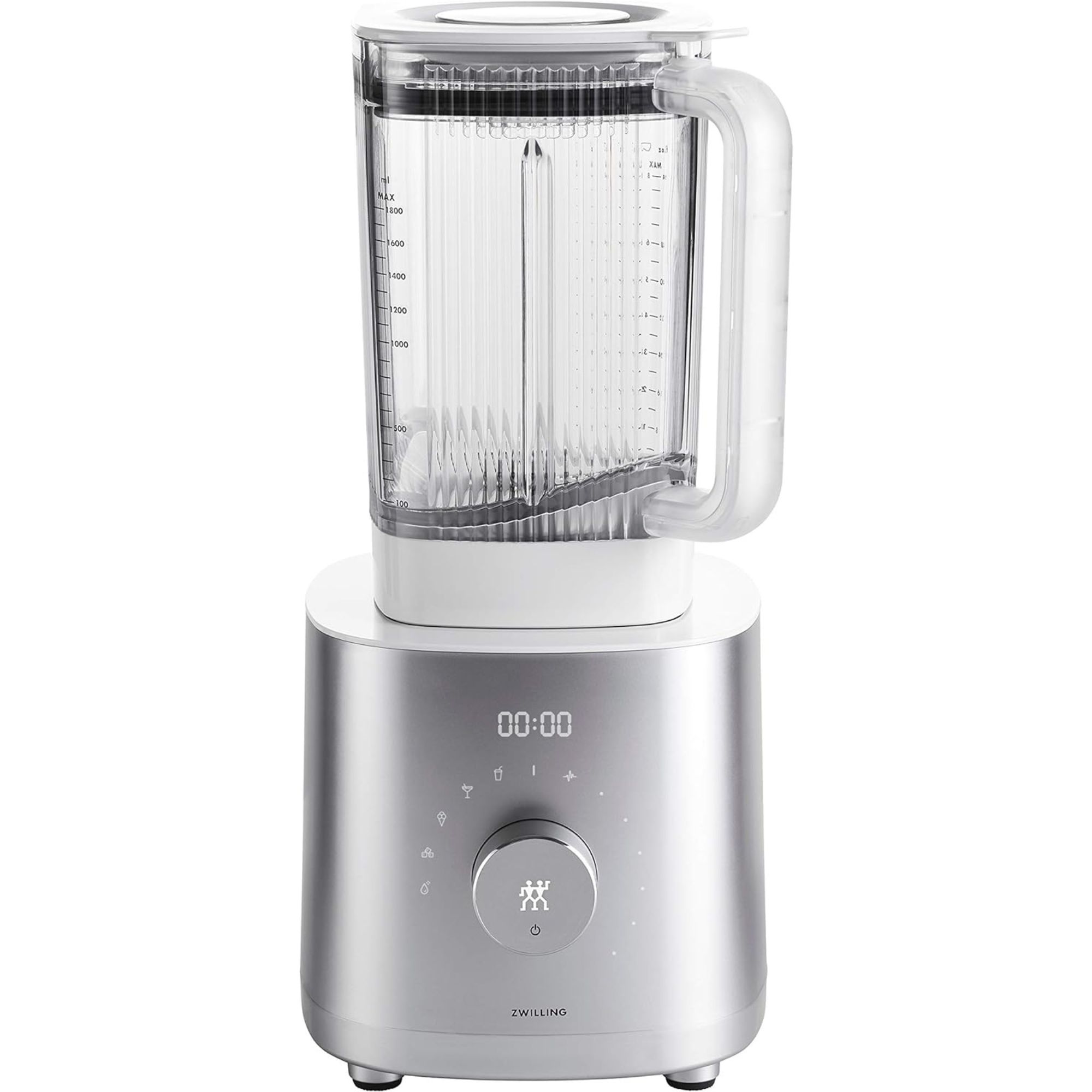
Many of the best juicers still struggle to squeeze leafy greens. The Zwilling Enfinigy Power Blender doesn't have that problem, easily incorporating kale and spinach into fruit smoothies.
You can find more detail in our Zwilling Enfinigy Countertop Power Blender review.
Any juicer worth its salt can squeeze soft berries and citrus fruits. It takes a special sort of machine to tackle tougher textures, however, and only a few are able to properly juice the leafy greens that give green juice its color, taste and texture.
There are two types of juicer: centrifugal and masticating. Centrifugal juicers are powered by fast-spinning blades, which slice through fresh produce and strain it through filters to sort the juice from the pulp. The sad fact is that centrifugal juicers are fast, not thorough. Leafy greens and herbs often get caught in the blades, meaning that you miss out on valuable vitamins and nutrients.
If you're really keen to make your own green juice, I recommend investing in a masticating juicer. These slow juicers crush fresh produce, instead of slicing it, to preserve natural tastes and textures. It's easier to push leafy greens through these fine mesh filters and get all the goodness out of your groceries.
To make the best green juice, you need the best slow juicer, also known as a cold press. These are a few of my favorites, listed at the fairest prices you'll find online. Once you've got your juicer, all that's left to do is chop and chunk your produce, feed it through the chute, and press 'juice'.

For my money, this is the world's best juicer. It doesn't come cheap, but it produces exceptionally clear and clean juice, creamy smoothie bowls, and even almond milk.
You can find more detail in our Kuvings EVO820 Whole Slow Juicer review.
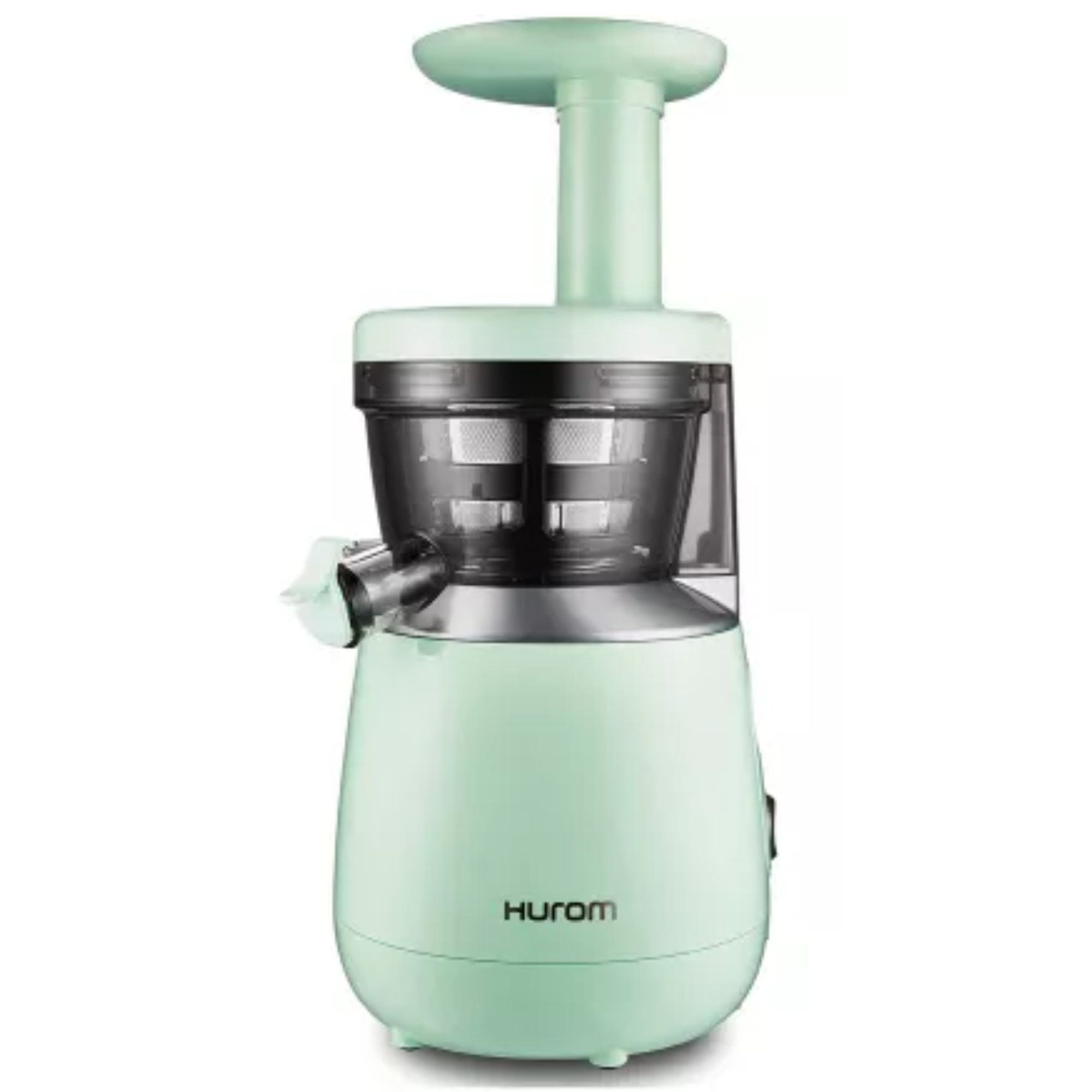
This masticating juicer rotates at just 43RPM to mimic the slow squeeze of freshly pressed juice. In spite of its narrow feed chute, the Hurom HP makes light work of leafy greens and tougher textures.
You can find more detail in our Hurom HP Slow Juicer review.
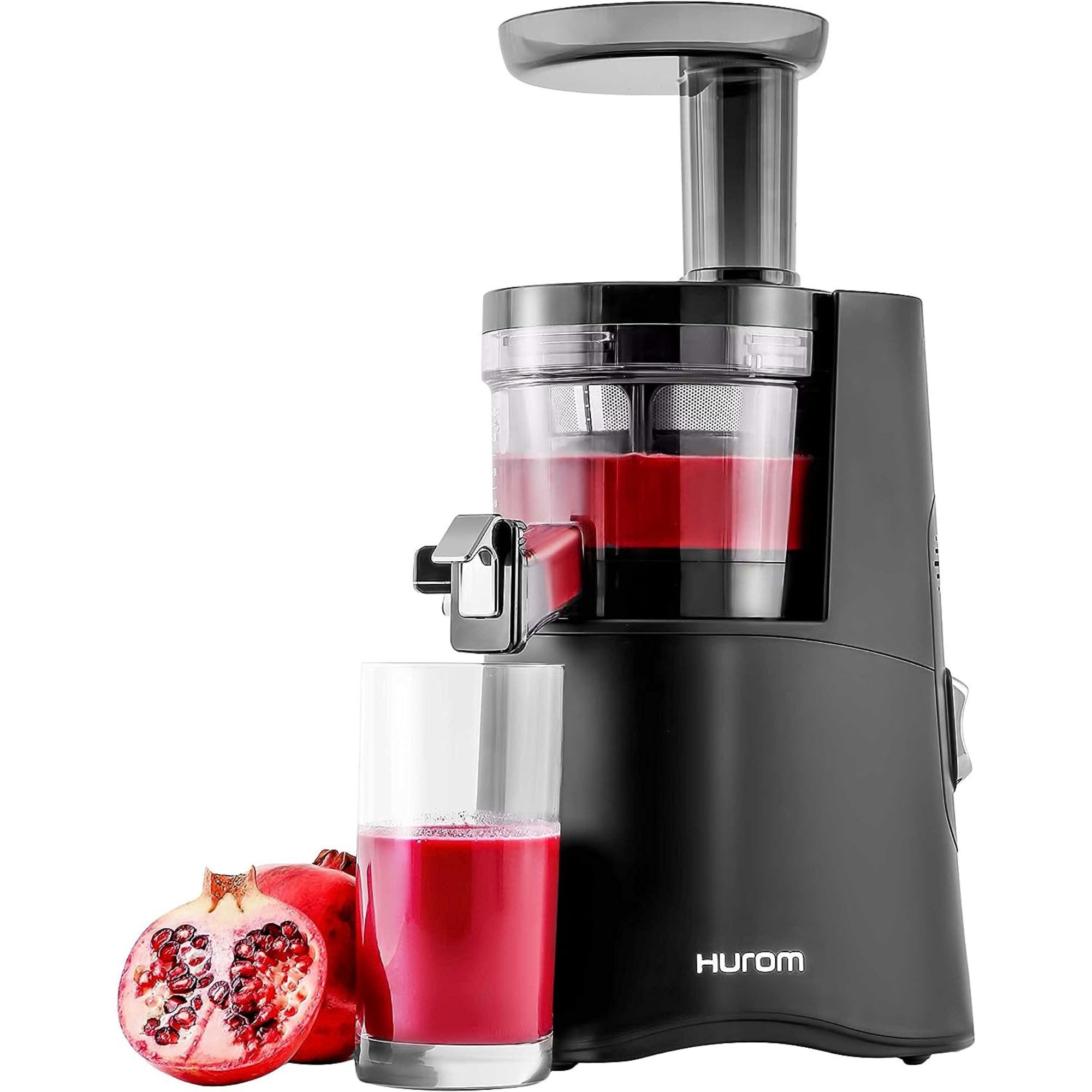
Hurom;s H-AA slows the juicing process right down, pressing fresh produce rather than crushing it to squeeze all the goodness out of your groceries.
You can find more detail in our Hurom H-AA Slow Juicer review.
Which is healthier?
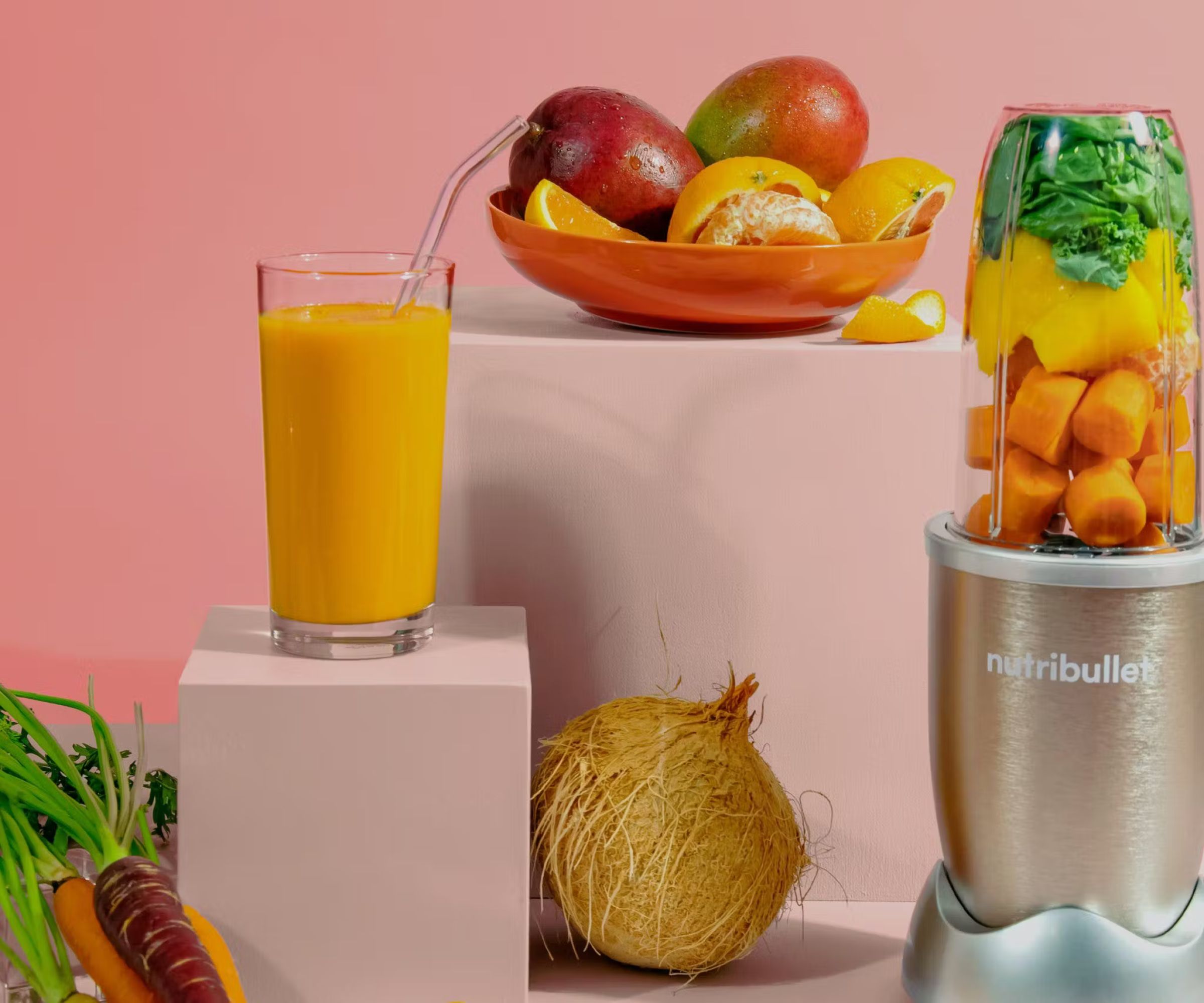
When it comes to the health benefits of green juice vs smoothies, it really depends on your body and your needs. I spoke with registered nutritionist Michelle Routhenstein to work out exactly what makes food and drink 'healthy' in the first place, and what green juice and smoothies have to offer.
'Foods and drinks favorable for your gut health are typically high in fiber, nutrients, and antioxidants, supporting a diverse gut microbiome and good digestion,' says Michelle. 'Less favorable options might lack fiber, contain excess sugars or unhealthy fats, and lack essential nutrients. These foods and drinks could upset gut bacteria balance and cause digestive issues'.
When I asked her to tell me straight whether green juice or smoothies were healthier, Michelle said it's not that simple. 'Green juice offers concentrated vitamins and water but lacks fiber, which is essential for digestion'. That's why green juice tastes so refreshing, but rarely fills you up. Green juice also contains a lot of natural sugars. According to Michelle, 'the quick sugar release from these juices can impact blood sugar levels, emphasizing the need for controlled consumption'.
Michelle believes that blended fruit smoothies, with all their skins, seeds, stems, can aid digestion and 'serve as a healthy option within a balanced diet. However,' she warns, 'their natural sugar content and caloric density warrant portion control to prevent potential effects on blood sugar levels and weight management'. In short, there's space for both beverages in a balanced diet, and you should pick the drink that best meets your nutritional needs.

Michelle is a registered dietitian nutritionist and certified diabetes educator, specializing in disease management and prevention. She understands the difference that fruit and fiber can make to your heart and your health.
Which tastes better?
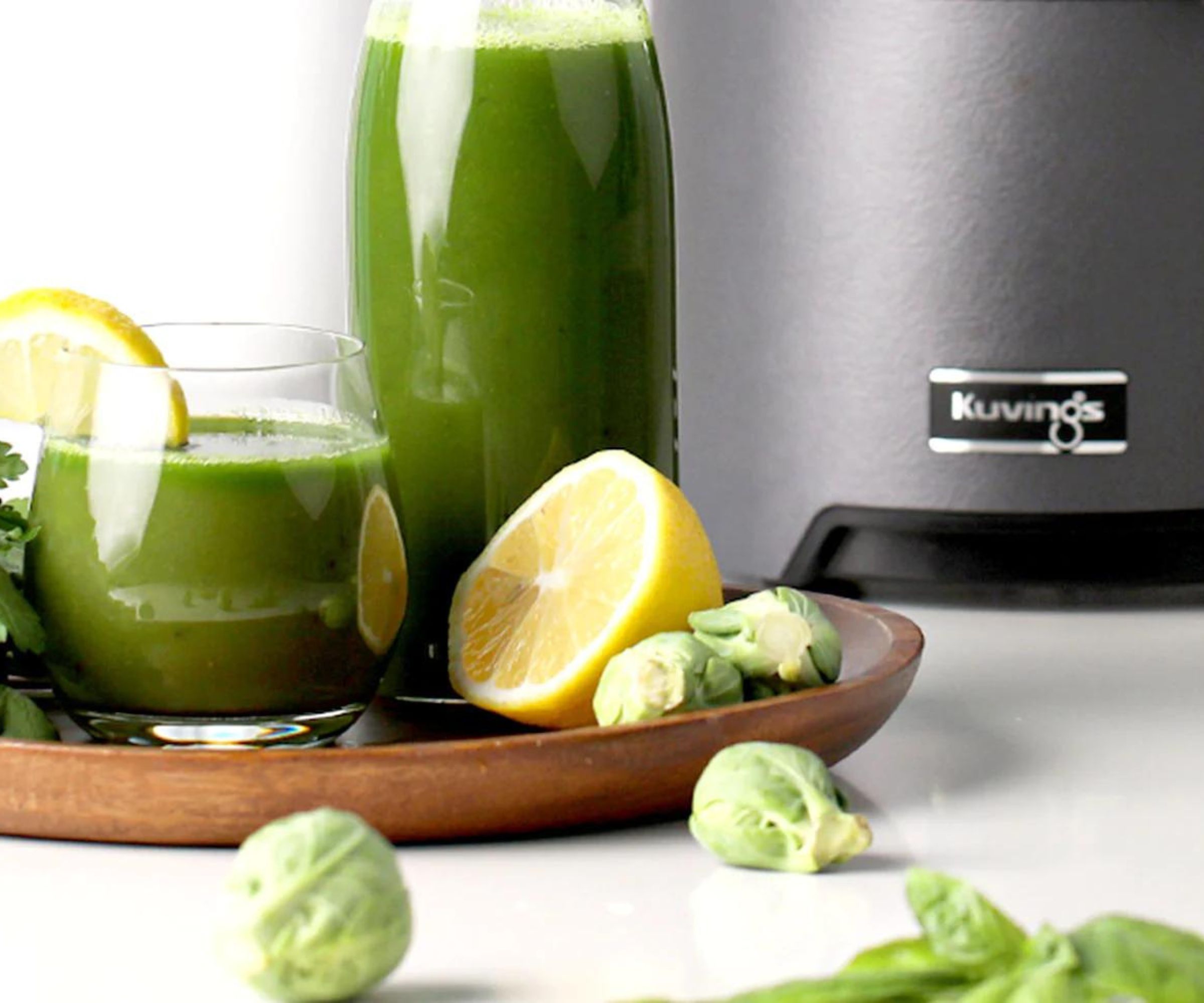
Taste is so subjective: whether green juice or smoothies taste better largely depends on your personal preference. When I asked health and performance coach James Cunningham for his opinion, he pointed out that green juice tends to have less flavor, simply because it uses fewer ingredients.
'Green juice is typically made from green vegetables,' says James, 'such as kale, spinach, and cucumber, often with some added fruit for flavor'. There's none of the milk, yogurt, honey, and other natural sweeteners you might find in a smoothie. That's why green juice tastes so clean. That, and the fact that the liquid has been strained through fine mesh filters to separate the juice from the pulp.
'Fruit smoothies, on the other hand, are made by blending whole fruits with liquid, often with some added vegetables, protein, or other ingredients,' says James. He points out that 'fruit smoothies can be high in sugar, especially if sweetened fruit juice is used as the base'. If you're set on drinking smoothies, but you don't have much of a sweet tooth, you might want to stick to milk or water as your base. Either way, you'll have a thicker, more fibrous drink to settle your stomach.
Whether you prefer green juice or smoothies, James advises making your own in a juicer or blender. That way, 'you can tailor the ingredients to your own taste and nutritional needs'. James recommends experimenting with fruit and flavor combinations to expand your horizons beyond the grocery store selections. Plus, when you make your own at home, 'you can keep control over the ingredients and ensure there are no excess sugars, preservatives, or other unwanted additives', says James. Your drink should taste so much fresher, though it won't keep as long.

James is a health and performance coach with a solid academic foundations, holding a bachelor's degree in sport and exercise science. James is committed to guiding his readers towards optimal health and performance.
Which is best?
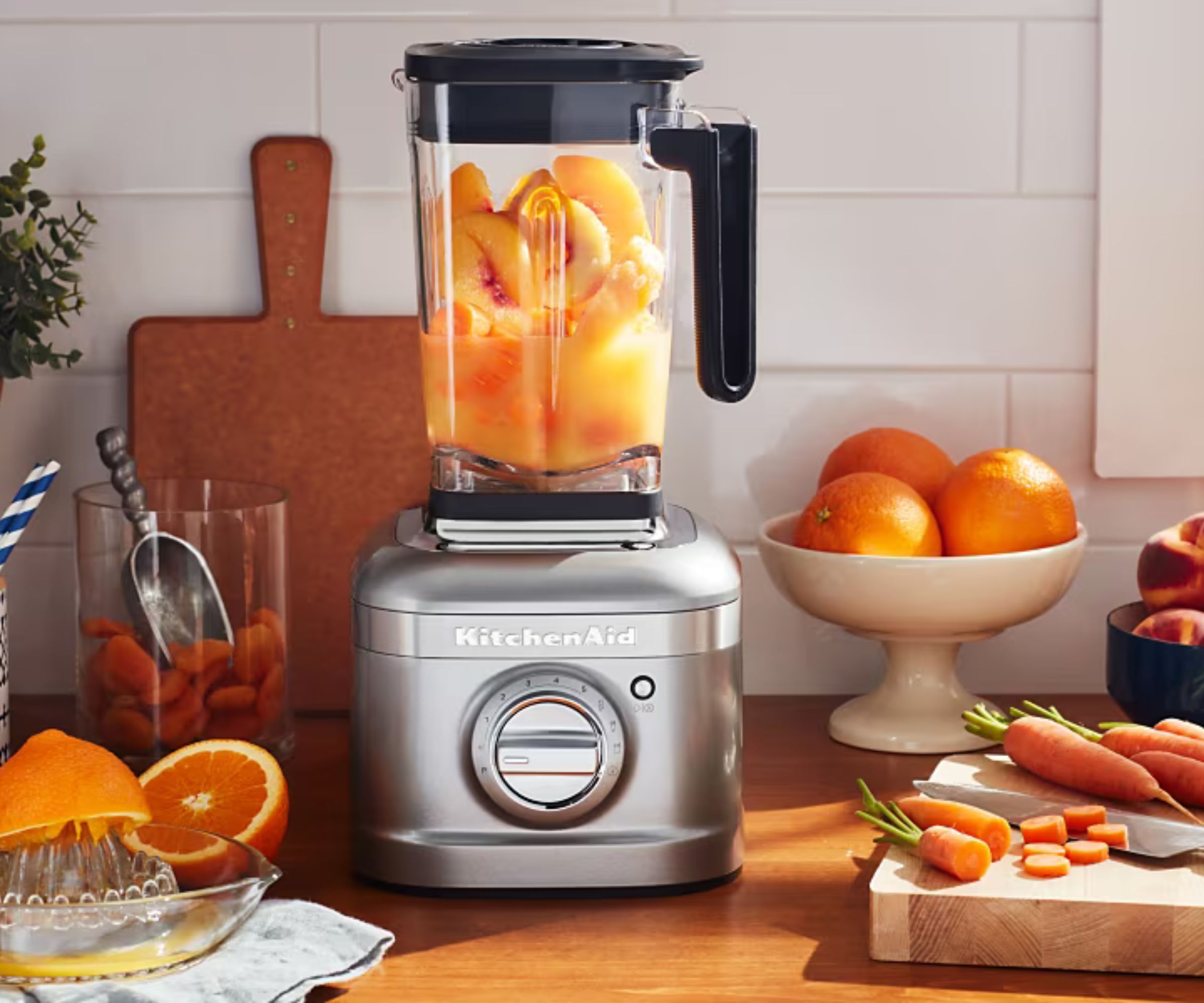
If it's a question of convenience, freshly blended smoothies are better, every time. You don't need to navigate around narrow feed chutes, like you would with a juicer. All you need to do is pour your produce into the pitcher and press 'blend'. Some of the biggest and best blenders can blast through whole apples, stalk and all.
Matters of taste and health benefits are much more subjective. As a general rule, green juice is clearer, cleaner, and more refreshing that fruit smoothies, but it's missing some flavor and fiber. Fruit smoothies taste richer and should fill you up between meals. However, they contain a lot of natural sweeteners that could spike your blood sugar levels, so you might want to stick to single servings.
Green juice vs smoothie FAQs
Is green juice bad for you?
That's too big of a blanket statement. Green juice can't be completely bad, not when it contains so many natural nutrients from leafy greens and vegetables. With that said, green juice lacks the fibers that aid digestion, balance blood sugar, and contribute to a healthy diet. I wouldn't recommend consuming more than a single serving each day.
Are juices or smoothies better for weight loss?
A well-balanced fruit smoothie is better for weight loss. When you make your own at home, you can cut out any excess sugars, additives, and preservatives, too. The natural fibers from skins, seeds, and stems promote good gut health and may boost your metabolism. I recommend drinking fruit smoothies in moderation, as part of a balanced diet.
Final thoughts
However much you like the taste of clear green juice, you need to find somewhere to put the pulp. We've got lots of ideas about what to do with juicer pulp, from baking it into energy bars to sprinkling it into soup. When you follow these recipes, you can enjoy all the benefits of a fiber-rich diet and keep your green juice clean.

Emilia is our resident sleep writer. She spends her days tracking down the lowest prices on the best mattresses and bedding and spends her nights testing them out from the comfort of her own home. Emilia leads a team of testers across America to find the best mattress for every sleep style, body type, and budget.
Emilia's quest to learn how to sleep better takes her all around the world, from the 3Z mattress factory in Glendale, Arizona to the Hästens headquarters in Köping, Sweden. She's interviewed luxury bedding designers at Shleep and Pure Parima, as well as the Design Manager at IKEA. Before she joined Homes & Gardens, Emilia studied English at the University of Oxford.